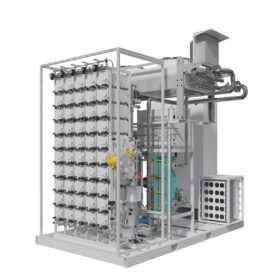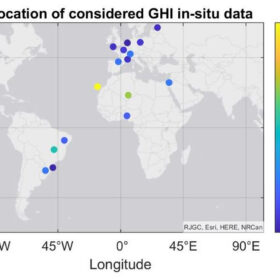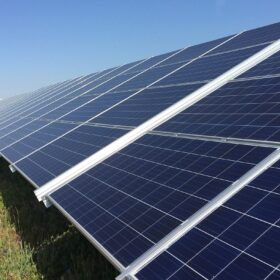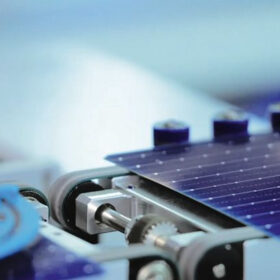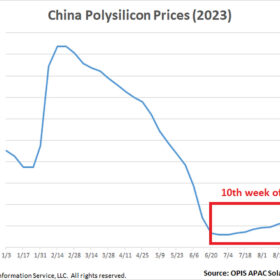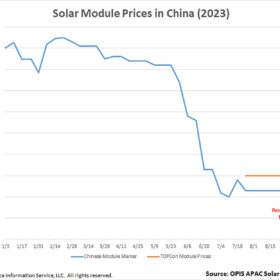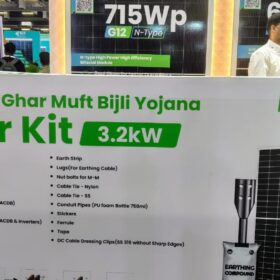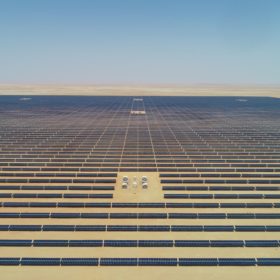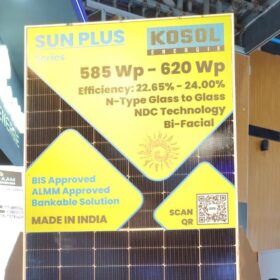Enapter introduces new electrolyzer
Enapter has unveiled its new AEM Flex 120 electrolyzer, which is designed to expedite the deployment of hydrogen projects in the industrial and refueling sectors, with a daily production capacity of approximately 53 kg.
Benchmarks for solar energy data, methods
The lower the uncertainty in solar resource data, the lower the investment costs. IEA PVPS Task 16 has organized and published two benchmarks to make uncertainty of models and data comparable – a first important step. The benchmarks included modeled solar resource data and methods to fill gaps in measurements.
Large-scale PV projects proliferate in Bangladesh
The Bangladeshi authorities have been approving or reviewing three more large scale solar power projects, for a total capacity of 300 MW.
Getting to the bottom of TOPCon degradation
Should the industry be alarmed at the potential degradation susceptibility of tunnel oxide passivated contact (TOPCon) solar cells? Or are the problems easily addressed and more a reflection of rushed-to-market products? pv magazine contributor and consultant Götz Fischbeck reports.
China polysilicon prices extend gains for tenth successive week
In a new weekly update for pv magazine, OPIS, a Dow Jones company, provides a quick look at the main price trends in the global PV industry.
Declining populations free up agricultural land for large amounts of solar in densely populated countries
In a new monthly column for pv magazine, the International Solar Energy Society (ISES) explains how much solar PV energy could be harvested from freed-up agricultural land in densely-populated countries with declining populations.
The Battery Cycle: NMC, LFP, LTO – What’s the difference?
With battery storage such a crucial aspect of the energy transition, lithium-ion (li-ion) batteries are frequently referenced but what is the difference between NMC (nickel-manganese-cobalt), LFP (lithium ferro-phosphate), and LTO (lithium-titanium-oxide) devices and their underlying chemistry?
Bangladesh Jute Mills Corp. signs PPAs for 90 MW of rooftop PV
Bangladesh Jute Mills Corp. (BJMC), which manages all government-owned jute factories and industries in the South Asian country, has agreed to buy power from six different project developers under a 20-year power purchase agreement (PPA).
China solar module prices dive to record low
In a new weekly update for pv magazine, OPIS, a Dow Jones company, provides a quick look at the main price trends in the global PV industry.
Huasun claims 25.69% efficiency for heterojunction solar cell
Huasun Dali started producing high-efficiency 210 mm HJT solar cells this week, and is expected to achieve an average efficiency of 25.5% in mass production.
